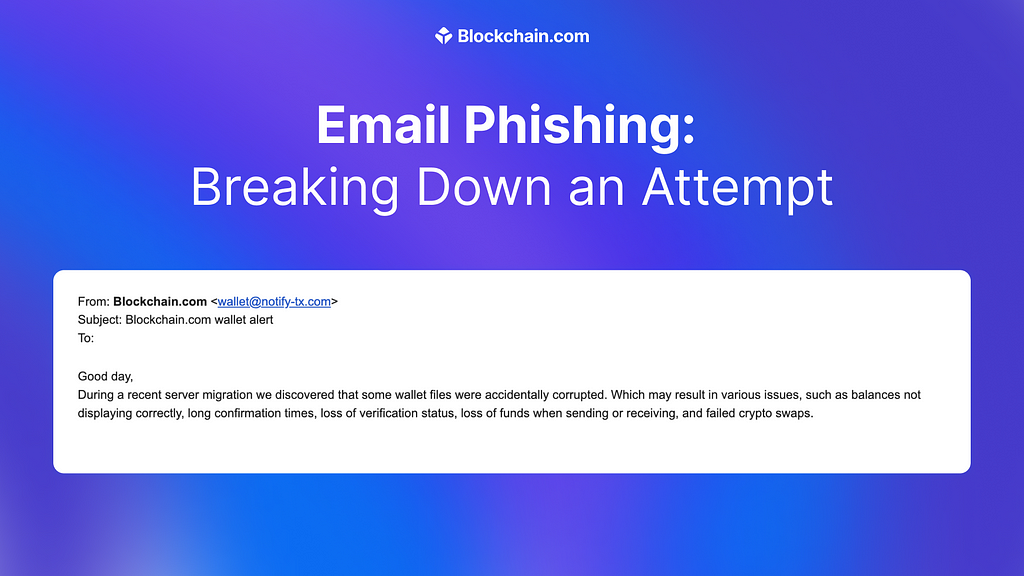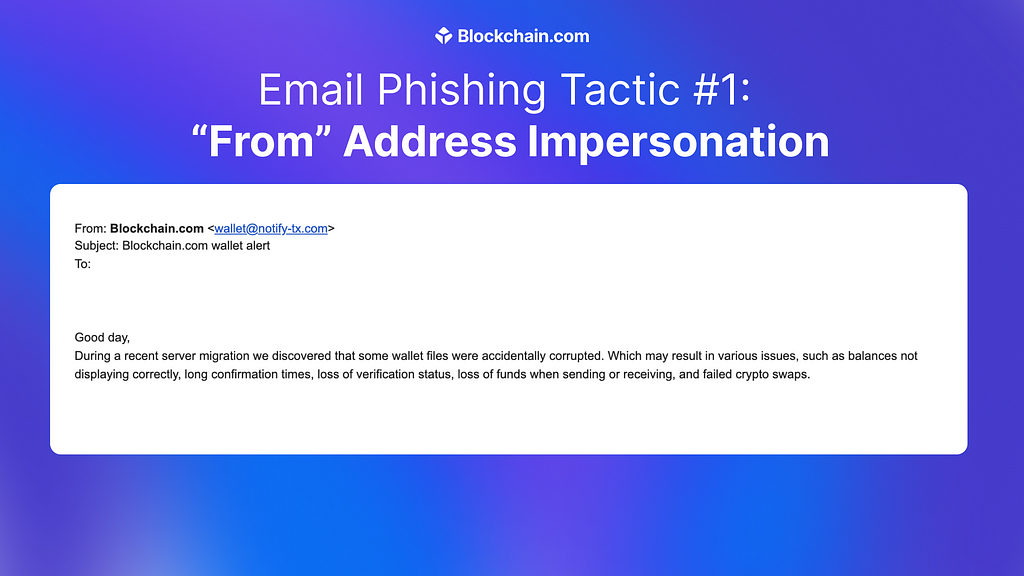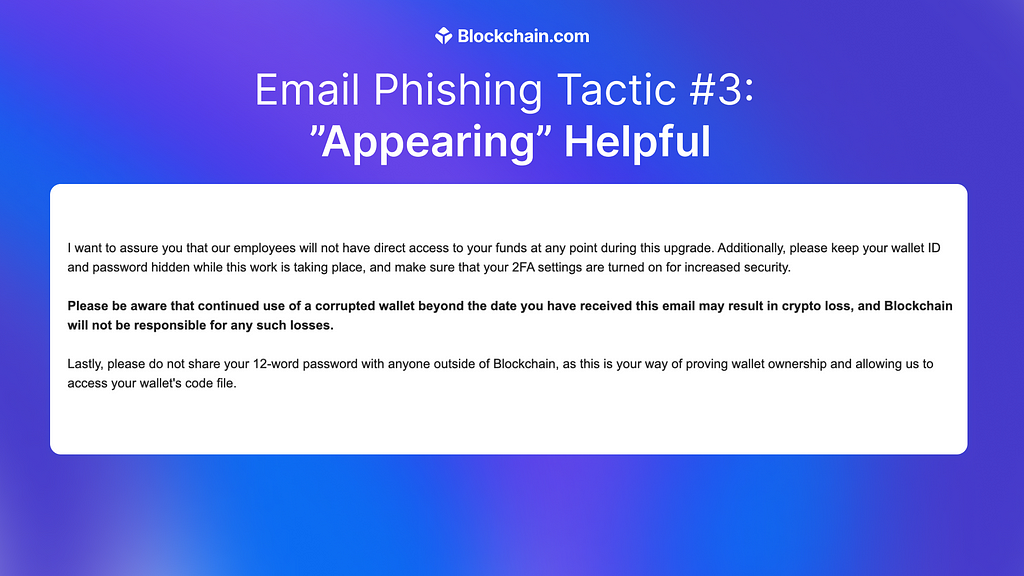As National Apprenticeship Week (10 – 14 February) gets underway, SUEZ recycling and recovery UK looks at what the recycling and resource recovery sector do to attract and retain the talent the it needs.
In a report by SUEZ about green growth, jobs and resilience published in The New Statesman last year, Skills Minister Jacqui Smith acknowledged the waste sector’s key role in the transition to net zero.
It was a pivotal moment for our industry; a public declaration that there can be no net zero without a circular economy and no circular economy without a geared up and appropriately skilled waste sector.
Yet there are some discomfiting statistics about the availability of the skills needed to deliver the government’s net zero plans. Currently, the UK has a green skills deficit of around 70,000 people and the Chartered Institution of Wastes Management (CIWM) estimates that the sector will need 238,000 more skilled practitioners by 2040.
Green skills and the circular economy

Dr Adam Read, Chief Sustainability and External Affairs Officer for SUEZ and Chair of the CIWM’s Skills of the Future Working Group, says this means a concerted effort from both a practical and policy perspective is needed to make up for the momentum lost when the body tasked with staffing the transition to net zero, the Green Jobs Delivery Group, was stood down in October 2024.
“Our sector is the net zero failsafe mechanism,” Read said. “We input at every stage of the current linear economy to reduce its carbon impact, but it is our presence at the end of the line, where we ensure vital resources are pushed back into circulation, that showcases our foundational role in the circular economy.
“The government must align its green skills policy with businesses like ours that are so fundamental to a functioning circular economy and invest in education, training and skills now so that the transition to net zero can happen at the pace required.
“After all, it takes time to recruit, train, develop and empower any workforce to deliver change, and the scale of change in our sector is more than significant, so to deliver by 2040 we need joined-up thinking and delivery now! But are we clear about what green skills and new roles and competencies we will need?”

Whilst academia is also playing catch up with a rapidly evolving green skills agenda through new courses and, in some cases, new industrial partnerships, specific skills development and programmes like apprenticeships and interns, the government is hoping to do more to directly incentivise the sector to train its own talent.
Last September, Education Secretary Bridget Phillipson announced that the unpopular Apprenticeship Levy will be replaced by a new Growth and Skills Levy which will prioritise careers in industries where they are most needed and offer greater flexibility for employers to provide shorter or more agile apprenticeships.
In its current incarnation, the levy is criticised for only being available for apprenticeships of 12 months or more, even though some skills development does not require that timescale.
The unintended consequence is that the levy has failed to reverse the steady decline in the number of companies investing in both on and off-the-job training. Instead, they look to buy the skills they need, creating a highly competitive labour market against a backdrop of increasing green skills scarcity.
Why do they choose to buy, not build skills? Because the cost in time and effort of a 12-month apprenticeship when six months may have sufficed is simply not viable for many smaller businesses – the very businesses that make up the majority of the UK economy.
This resulted in the supposedly fully-funded initiative proving too expensive for many smaller cash-strapped companies.
How to kick-start a green skills revolution

Dr Tracey Leghorn, SUEZ Chief Business Services Officer says: “The UK’s skills and industrial policies must work hand-in-hand, ensuring businesses have the right incentives to invest in training for the future and in the areas that will underpin a sustainable, resource-efficient economy.
“The Growth & Skills Levy can help deliver this by facilitating the right training, in the right way, for the right sectors.”
But even with the new Levy, it will take a number of years for the necessary effect of these changes to materialise.
So, with green skills in demand, and those possessing them likely to have a wide range of opportunities to choose from, what can the waste sector do now to lure talent across the weighbridge?
How likely is it that the youngest cohort of Generation Z schoolchildren choosing their options this year, are dreaming of a future in waste? Even optimistically, the answer is likely to be very few.
Dr Leghorn believes the industry must work a lot harder to dispel some of the negative aspects of its image to resonate more accurately with a younger generation who, according to the Deloitte 2024 Millennial and Gen Z Survey, “want purpose-driven work and are not afraid to turn down work that doesn’t align with their values”.
“There is a need to collectively reposition a career in resource recovery and recycling as a significant contribution to net zero and circularity,” said Dr Leghorn, who is also Chair of the CIWM Social Inclusion Forum.
“If we look at our sector through the lens of its role in sustainability, together with the wide range of careers that can be pursued in the waste sector, we should be seen as an attractive proposition.
“No other sector offers this younger demographic the chance to directly address their key concerns about sustainability and the environment.”
There is a compelling story behind the fact that so many who join the industry have remained in it for the entirety of their career.
Career opportunities in the sector

Looking back and comparing where it is today, it’s a sector that has been continually growing and evolving, providing stability of employment but importantly a rich and fertile career environment in which those with a growth mindset can have multiple careers without ever moving employer.
The downside to this is that the average age of a waste sector worker is heading towards 50 – just 5% of staff are between the ages of 16 and 24.
Dr Leghorn says: “A sector demographic timebomb is rapidly heading our way and we must look to the future skills requirement with urgency and the agility needed in a rapidly changing world where employers need cost-effective capability and skills development, and our future employees are looking for a very different career proposition to those of their parents.”
Outreach to schools, colleges and universities can help tell that story about sustainability and the vast array of career opportunities available. It forms a pillar of the HR activity and SUEZ has an armoury of talent acquisition and training initiatives as part of its People Strategy.
This last year, they have onboarded more than 30 new apprentices, welcomed 20 graduates on graduate training schemes and currently have 10 interns across all areas of the business. Whilst quality must always be the focus, apprenticeship plans in 2025 extend into triple figures.
“Connecting early and relevantly is key to successful recruitment and, as well as engaging with educational establishments across all topic areas – whether that be STEM (science, technology engineering and maths) or business support functions such as law, HR, IT, finance etc – we also take a creative and socially inclusive approach to proactively sourcing the skills we need to ensure the future success of our business,” said Dr Leghorn.
This includes reaching out to ex-services personnel and, as a Veteran Gold Covenant Holder, SUEZ knows the value of the transferable logistics and technical skills that former members of the armed forces bring to the table.
Every area of the business is working towards having an apprentice in place as part of the inevitable succession planning needed in an industry where we are, in some part for the reasons outlined earlier, all fishing in the same relatively small pool.
One crucial area where skills are already in short supply, and where SUEZ is addressing the issue in-house with its own Academy, is Data and Digital Skills.
Bringing the industry into the future

The growing need for advanced waste sorting technologies, AI-driven recycling initiatives, and digital waste tracking systems require workers skilled in data analysis and management – all of which is a far cry from the manual labour image the industry has traditionally carried.
Being able to excel with data is crucial to retaining a competitive advantage in an increasingly sophisticated and data-reliant marketplace.
Dr Leghorn says: “This is a data-heavy business and becoming more so. We must ensure that the people handling that data have the appropriate skills to optimise and commercialise the vast array of rich data that we have at our disposal.”
The Digital and Data Academy saw 30 people enrolled in January, all of whom are studying for a range of relevant qualifications, including Degrees in Data Science. A further 60 will join over the coming few months.
Dr Leghorn says: “We are problem solvers at our very core so by making the sector more attractive to younger generations, offering agile, more exciting career pathways, and embracing technology-driven roles we can grow our own talent.
“Meanwhile, government intervention through training programmes, financial incentives, and education will be crucial to ensuring a workforce equipped for the future.
“By addressing the skills gap and promoting green careers, the waste management sector can position itself not just as a crucial link in the circular economy, but a leader that will drive sustainable change for generations to come.”
The post Why we must recruit new talent to the resources & waste sector appeared first on Circular Online.
























